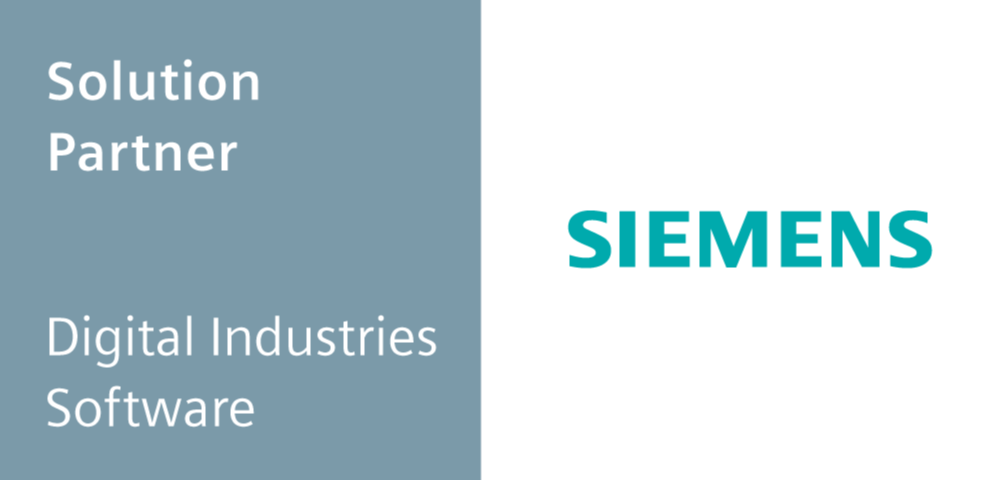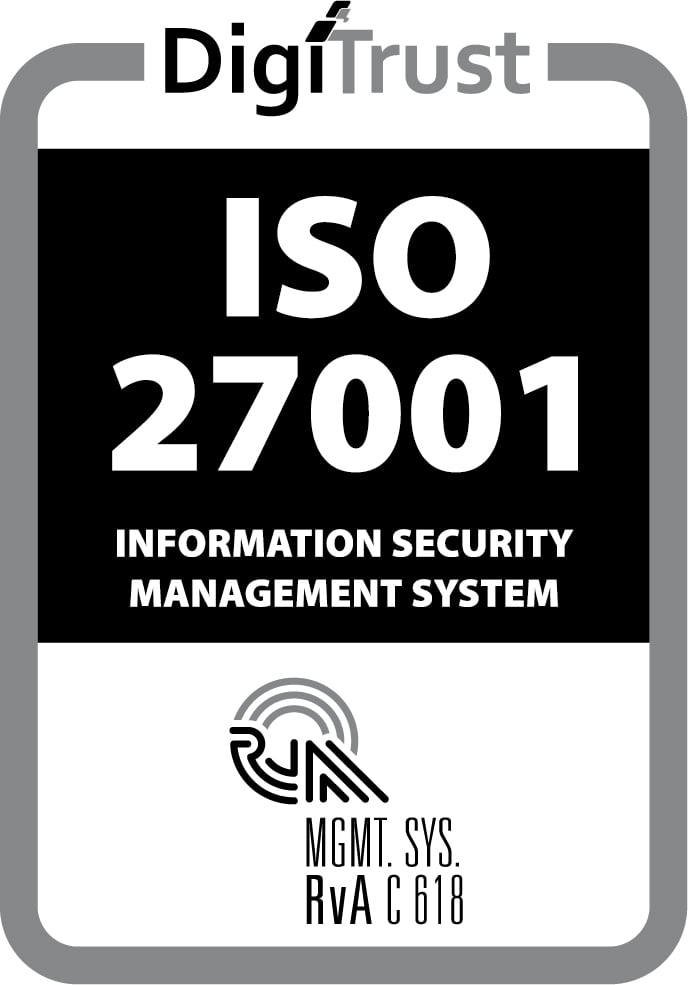In today's fast-paced manufacturing and production environment, businesses must manage their products' entire lifecycle effectively. This is where Product Lifecycle Management (PLM) comes in, as it provides a comprehensive set of tools to manage the product development process from start to finish. However, as businesses continue to grow and evolve, there is a need to expand the capabilities of PLM systems to meet their unique needs. That is where low-code technology is vital in extending PLM functionalities to the needs of the manufacturing, consumer products, and retail or marine industries.
Adapt to your business & technical needs
One of the primary benefits of expanding PLM Systems like Teamcenter with low-code platforms is customization. While PLM systems can be adapted to meet organizations' unique needs, customization can be a complex process that requires specialized technical skills. Low-code platforms offer a user-friendly application that allows the creation of custom solutions quickly and easily. This means that teams can build custom apps that seamlessly integrate with PLM Systems without requiring specialized technical skills, reducing development time and costs.
Close the gap and integrate with key systems
Low-code solutions can close the gap between PLM and other core systems, such as ERP, CRM, and MES. By integrating these systems, organizations can streamline their business processes and improve data accuracy by eliminating the need for manual data entry and reducing the risk of errors. This integration also allows for a more holistic view of product data, enabling better decision-making throughout the organization.
Make user experience an asset for adoption and usage
PLM systems are powerful tools designed to support the work of engineers and other stakeholders. However, many other roles in an organization work with data stored in their PLM System. Low-code solutions enable the presentation of this data in a user-friendly format tailored to supporting these roles. By improving the user experience through low-code apps, organizations can increase user adoption and overall productivity, as users can easily access the features they need to complete their work. Overall, extending PLM systems with low-code applications provides organizations with a more flexible and user-friendly solution that can be customized to meet their specific needs.
Innovate without disrupting operations and core processes
Low-code technology supports innovation, allowing organizations to prototype and test new ideas rapidly. By using Low-code platforms to expand the functionality of PLM Systems, companies can experiment with new features and functionality without disrupting their existing systems. This enables organizations to quickly identify new opportunities and respond to changes in the market.
CLEVR’s PLM and Low-code solutions
At CLEVR, we have developed several solutions combining Product Lifecycle Management and Low-code solutions that have helped our clients increase productivity, reduce errors, and streamline their business processes. Here are some of our solutions:
-
Sales Configurator: This solution uses low-code technology with a Mendix interface to configure which add-ons can be sold for which products. Engineers make this decision based on the product and add-on designs and specifications. The sales configuration can be stored back in the PLM system to keep a single source of truth. The information is used to update the sales catalogue, reducing the number of returns and increasing the first-timeright sales.
-
Problem and Improvement Notice: Enable mechanics on the shop floor to send feedback about problems or improvements with specific parts or work steps to PLM Software. Information reaches engineers and designers more reliably, and they can act upon the feedback faster.
-
Supplier Portal for Teamcenter: Our Supplier Portal for Siemens Teamcenter improves supplier information flow into Teamcenter. The supplier portal manages specifications and certifications for supplied parts, materials, etc., and makes these available in Teamcenter. The supplier portal can also be integrated into ERP and other systems to get a full 360 view of what is being delivered to you.
-
Warehousing Solution: Our Warehousing Solution makes designs available in the warehouse so incoming goods can undergo a first-quality check and be recorded in Teamcenter and ERP systems. QR and Barcode reading increases ease and reliability.
-
Purchasing Support Solution: Our Purchasing Support Solution makes designs and parts as defined in the PLM Systems available to your purchasing department, reducing errors and increasing the speed of purchasing.
-
Integration with FSM and PLM for Consumer Products and Retail solutions: Our FSM & PLM for Consumer Products and Retail solutions integrate natively with Siemens Teamcenter to give you complete control over the product lifecycle.
The combination of PLM Systems and Low-Code solutions is a game-changer for organizations looking to streamline their business processes and increase efficiency. By using Mendix to expand the functionality of Teamcenter, businesses can create custom solutions quickly and easily, improve the user experience, and experiment with new ideas.
The ability to customize and innovate with low-code technology gives organizations a competitive edge, enabling them to respond faster to changing business needs and remain ahead of the competition.
If you're interested in learning more about how the combination of Product Lifecycle Management and Low-Code can benefit your organization, please contact us for more information. We'd be happy to discuss your unique needs and develop a customized solution that meets your business requirements.




